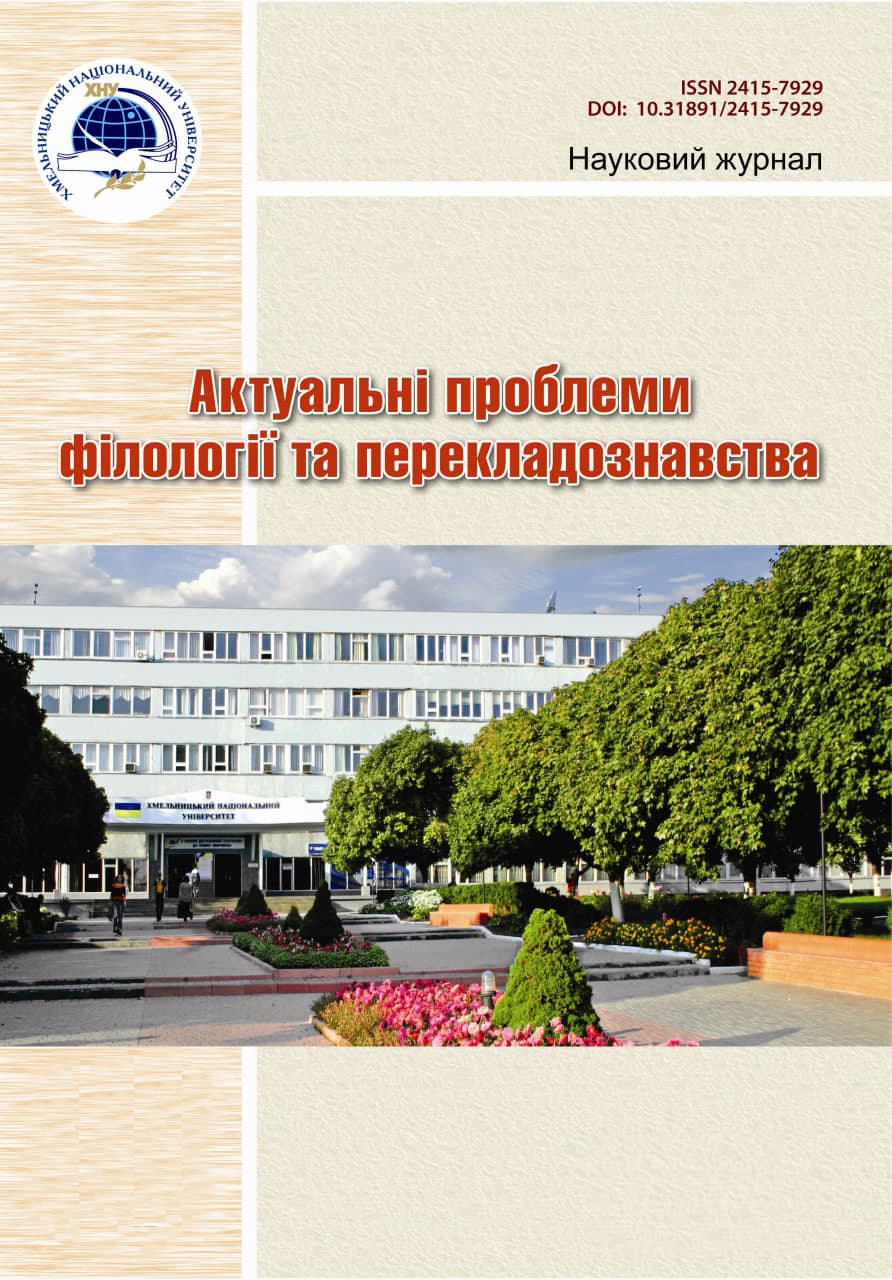AESTHETICS OF COMIC AND TRAGIC ON THE BACKGROUND OF CONTRASTIN THE STORY BY OLENA ZVYCHAINA “MYRHOROD FAIR”
DOI:
https://doi.org/10.31891/2415-7929-2021-21-25Keywords:
aesthetics of the tragic, category of the comic, story, contrast, compositional and stylistic method, worldviewAbstract
Our study highlights the artistic image of the inhumane policy of the totalitarian system towards the Ukrainian peasantry in 1932-1933 in O. Zvychaina’s story “Myrhorod Fair”. Emphasis is placed on the coverage of the comic (irony) and tragic, inner world of the literary character, mental processes, states, properties, intertextuality, “dialogue of writers” (Mykola Hohol and Olena Zvychaina), the polarization of the dichotomy village/city has been characterized. It has been found out that the author explains the plot line, starting from M. Hohol’s novel “Sorochyn Fair”, thus expressing the artistic chronotope (time and space) for a hundred years.
It is proved that the aesthetics of the comic is not brought to the fore; it is hidden in the context, dialogues of the characters in the ironic plan (the image of the bourgeoisie, their inclination to get rich against the sad events of the mass famine of 1932-1933). The aesthetics of the tragic the author presents broadly in the image of the Myrhorod fair as an absurdity of the socio-economic policy of the Communist Party in the early 1930-s. The Myrhorod fair in O. Zvychaina’s story contrasts with M. Hohol’s Sorochyn fair as a result of the antisocial type of thinking of the Kremlin’s top leaders against their own people. The contrast of the inner beauty and spiritual baseness of a person, the opposition of pre-revolutionary and post-revolutionary epochs is conveyed by the writer through moral and ethical categories, images of typological parallels.
Downloads
Published
Issue
Section
License
Copyright (c) 2021 Т. ШВЕЦЬ (Автор)

This work is licensed under a Creative Commons Attribution 4.0 International License.

